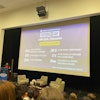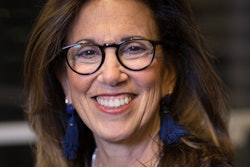For most low-income students, the path to a college degree starts at the door of the local community college. Dishearteningly, only 10 percent of these students successfully transfer to four-year colleges and earn bachelor’s degrees. There is clearly an enormous amount of potential caught in the gap between community colleges and four-year schools.
To bridge the gap that so many low-income community college students can’t cross on their own, educators talk about creating a “culture of transfer.” Progress on this front took a hopeful turn when Princeton University announced it would reverse policy after 25 years to begin accepting transfer students, including from community colleges. Princeton joins a small but growing list of competitive institutions—including Mt. Holyoke, Amherst College, and Brown University—that have admissions programs and support services for this specific purpose.
With the doors of highly selective colleges finally opening, low-income community college transfer students especially need our help to walk through. These students do worse on almost all transfer measurements than their higher income peers.
It’s not a question of interest: more than 80 percent of first-time community college students from the bottom income quartile aspire to a bachelor’s degree.
Nor is it a matter of ability: a great number of these students have excellent academic records that would enable them to transfer into highly selective schools. The challenges that they face—from being responsible for supporting their households to working long hours, often at minimum-wage jobs—do not deter them.
The fact is, transfer requires extensive planning and preparation, starting at the beginning of one’s college experience. The path forward is not clear for most low-income students whose lives would be changed by transfer, a fact I know firsthand.
Working menial jobs in Brooklyn as a young adult, I realized college could be my gateway to a real career. I attended my local community college and learned I had the drive and talent to be a serious student, but I had no idea how to get to a school that matched my skills. Serious discussion of transfer opportunities with advisers was nonexistent. Our “transfer office” was a bookshelf of brochures. And my classes were filled with people like me.




















